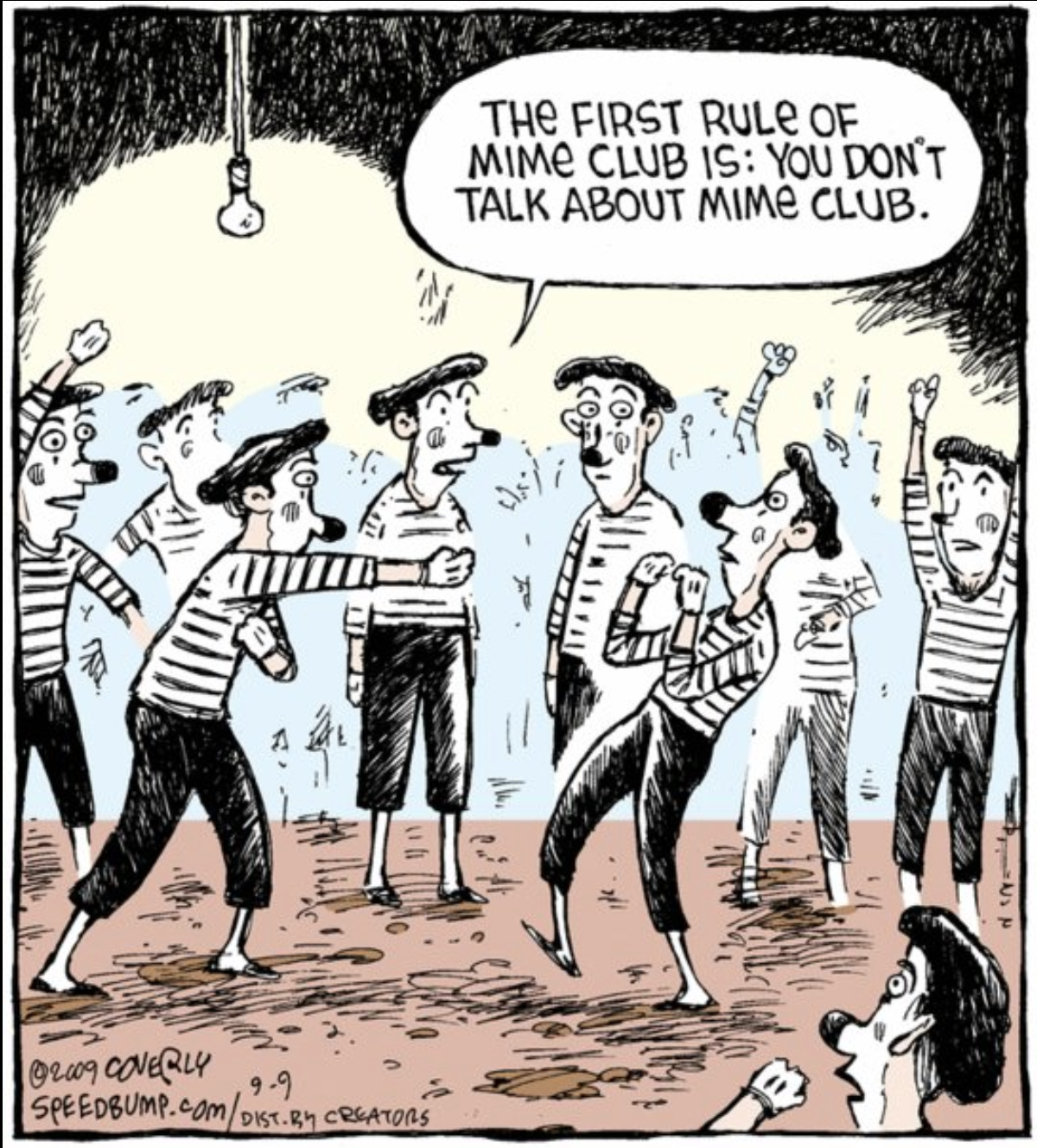Overlooking Differences
| Site: | BRIDGE-RI |
| Course: | (Coming Soon!) How are Multilingual Learners Different: Bilingual-Bicultural Experience |
| Book: | Overlooking Differences |
| Printed by: | Guest user |
| Date: | Sunday, August 24, 2025, 7:41 AM |
Description
With multilingual learners, we overlook differences in...linguistic, cognitive, acculturative, academic development and just about everything. Let's learn more.
1. Opportunities for Incidental Learning Experiences
2. Acculturative Knowledge Acquisition
Children raised in two cultures naturally split their time and experience across each of them. Unfortunately, parents are usually able to mediate aspects of only their native culture to their children and cannot do so with the new culture because of their own lack of familiarity with it.
This means that children from bilingual-bicultural backgrounds must often navigate both the new language and culture almost on their own, a term I refer to as “cultural pioneering.”
The process of learning a new language and culture thus becomes very dependent on the experiences a child has, particularly while in school. If something is not explicitly taught in school, the chances that it may be taught and learned informally outside the school decrease. This often results in hit-or-miss learning that although occurs for children in general, becomes a much more frequent occurrence for children from diverse cultural and linguistic backgrounds. Areas that are highly susceptible to this influence include cultural knowledge, especially the subtle, idiosyncratic, and less frequent aspects of it as well as language, particularly correct grammar, pronunciation, usage, and pragmatics including idioms and humor.

3. Exposure to Language and Opportunity for Acquisition
Assessment of a student's academic skills and abilities must directly examine the student's skills and abilities with respect to the actual materials and content used for instruction. Thus, authentic assessment seeks to uncover whether learning difficulties can be ascribed to experiential differences rather than ability differences. Not only does this ensure greater validity of the assessment, but it also provides valuable information necessary to develop specific and effective instructional strategies. In general, evidence of lack of opportunity for learning, ineffective prior instruction, and linguistically inappropriate curricula, are all factors that must be carefully examined when evaluating for a disability.
For Example
According to the manual (1993) for the Nelson-Denny Reading Test, the 80 vocabulary words and their definitions were drawn from:
"current, widely used high school and college texts, including words that must be known by students in order to cope successfully with school assignments." (emphasis added)
Listen as Dr. Ortiz describes how language acquisition occurs using an example from the movie Slum Dog Millionaire. Language acquisition is based on what the learner has gone through or experienced and NOT through experiences they've never had.
Select for transcript of Slum Dog Millionaire language acquisition.

4. Exposure to Standard Language Models and Vocabulary
Homes where English is not the primary or heritage language results in linguistic experiences that shape the perceptions and views of the speakers particularly in reference to vocabulary, but also what might constitute acceptable ways of communicating that can include:
- Comfort with basic grammatical errors;
- Use of code-switching;
- Frequent use of slang or colloquial terminology;
- Uncommon or unusual pragmatics; and,
- Variances in general language usage.
Let's practice with some common idioms that English speakers typically understand. If English is not your first or primary language, reading the first statement may very hard (or impossible!) to easily understand. That's how listening to idioms or casual terms may feel to multilingual learners. Drag and drop the correct idioms below to their more complicated description.
For a screenreader accessible version of this activity: Select the Correct Idioms.